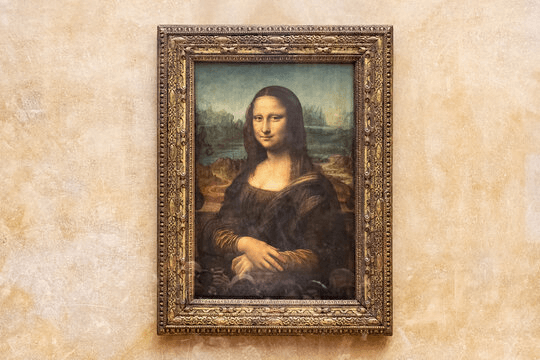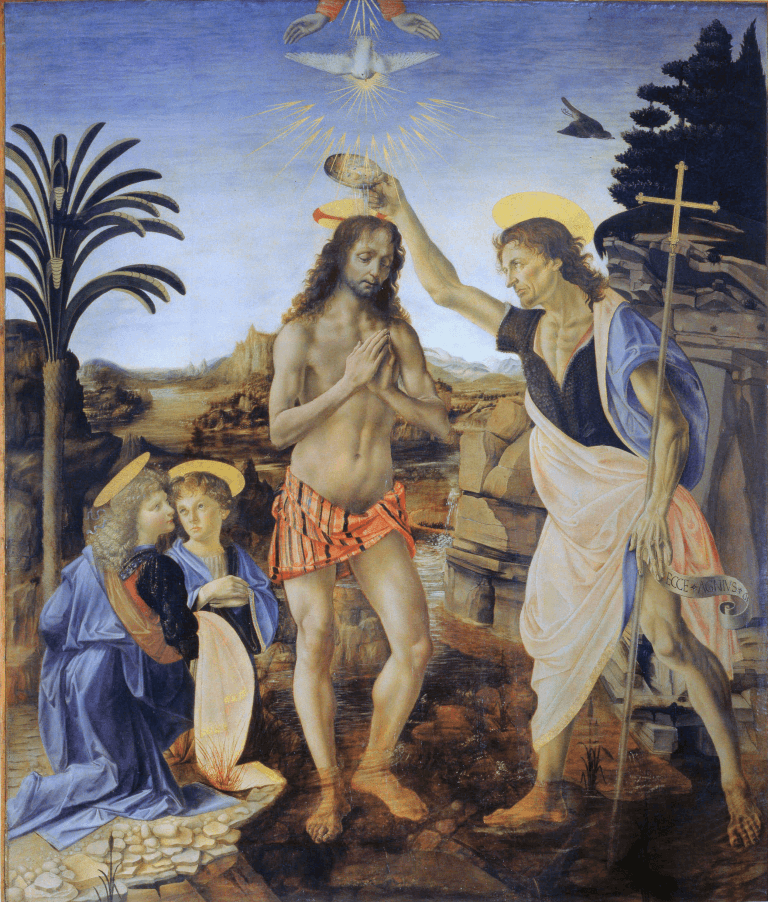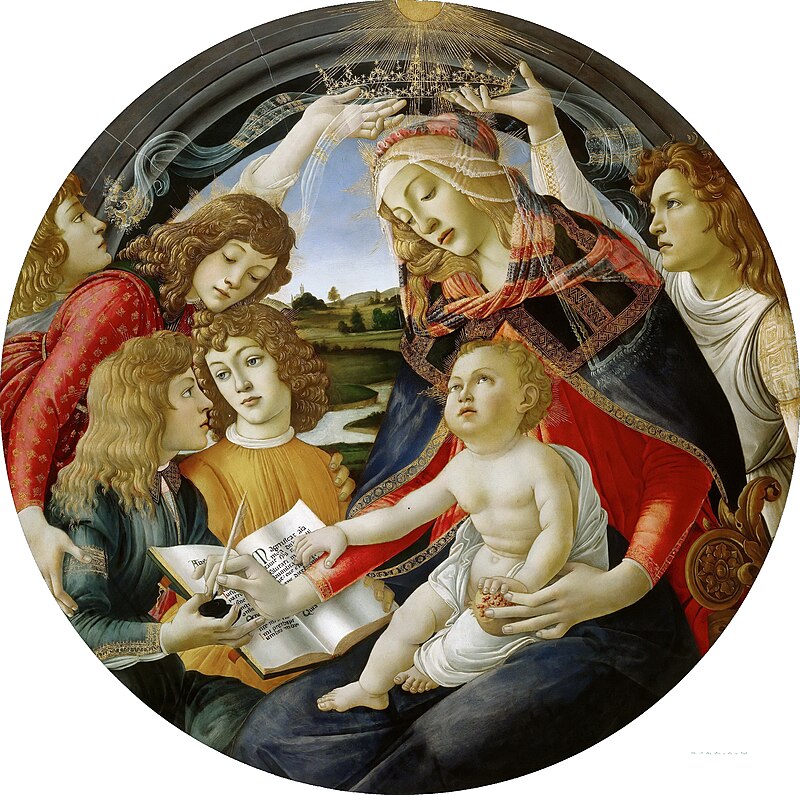
Welcome to Edition #124 of Gorick's newsletter, where Harvard career advisor and Wall Street Journal bestselling author Gorick Ng shares what they don't teach you in school about how to succeed in your career.
Sign up now to receive Gorick’s weekly career strategies!
→ Read time: 7 min
STORY
How Leonardo da Vinci became one of the world’s most famous painters
You may have heard of Leonardo da Vinci—the Renaissance painter behind world-famous paintings like the Mona Lisa and The Last Supper.
But did you know that he began as an apprentice in someone else’s studio?

It was 1467 in Florence, Italy. Leonardo, about 15 years old, entered the workshop of Andrea del Verrocchio, one of the city’s leading artists. Like any apprentice, Leonardo began with menial chores: grinding pigments, preparing canvases, cleaning brushes. Only later was he trusted with sketching, sculpture, and eventually painting.
Verrocchio’s studio was more than a workplace; it was a training ground. As biographer Walter Isaacson notes:
“Verrocchio’s workshop… was the perfect place for Leonardo. Verrocchio conducted a rigorous teaching program that involved studying surface anatomy, mechanics, drawing techniques, and the effects of light and shade on material such as draperies.”
Verrocchio’s shop was also a hub of ideas. In Isaacson’s words, Verrocchio’s shop “had a dining table, beds, a globe, and a variety of books in Italian… The topics of discussion in his shop included math, anatomy, dissection, antiquities, music, and philosophy.”
Fast forward to 1472, when Verrocchio painted The Baptism of Christ. He assigned Leonardo to paint one of the angels. According to Giorgio Vasari, Leonardo’s angel was so strikingly lifelike that it outshone the rest of the work, leading Verrocchio to put down his brush, realizing his pupil had already surpassed him.

Soon after, Leonardo’s Annunciation and Madonna of the Carnation revealed his trademarks: anatomical accuracy, dramatic light and shadow, and balanced composition.
Meanwhile, many of his contemporaries, like Botticelli and Perugino, didn’t experience that same immersive apprenticeship. Botticelli, who painted Madonnas like Madonna of the Magnificat, apprenticed under Fra Filippo Lippi.

Fra Filippo Lippi’s training emphasized elegance and narrative, shaping his distinctive style, but it was more narrowly focused on personal technique and aesthetics, with less exposure to the multi-disciplinary learning that Leonardo gained in Verrocchio’s workshop.
Perugino also spent time in Verrocchio’s studio, but only briefly, which limited his exposure to the workshop’s broad range of techniques and ideas. On the other hand, Leonardo’s longer, more in-depth apprenticeship gave him a rare combination of technical skill, scientific curiosity, and creative vision—helping him surpass both his master and his peers.
What does this mean for you?
The next time you wonder how to grow faster in your career, remember Leonardo—who got a head start by apprenticing under a master.
UNSPOKEN RULE
Observe masters of their craft
What this story taught me is that no matter how talented you are, growth accelerates when you work beside someone who’s already mastered what you want to learn. Leonardo didn’t just “figure it out on his own.” He watched Verrocchio, copied his techniques, and practiced until those lessons became second nature.
The same is true for your career. Books and courses are useful, but nothing beats proximity. Being in the room with a skilled leader gives you a shortcut that’s hard to replicate (as we saw with the former CEO of Xerox, Ursula Burns, who went from EA to CEO).
Here’s how you can apply it:
- Seek proximity. If you admire a manager’s leadership style, try asking: “Could I be a fly on the wall at the next ______ ?”
- Copy—then adapt. Notice how they structure an email, lead a call, or handle pressure. Take a discreet screenshot or jot their language down for safekeeping so you can refer to it in the future. Then, find a style that works for you.
- Ask “why” and “how” questions. Instead of “Do you have any feedback?” try:
- (A) “How do I know I'm doing a good job and staying on track?”
- (B) “Do you have any examples of what 'excellent' vs. ‘terrible’ looks like?”
- (C) “Why did you approach it this way? I’m curious.”
- Turn observation into practice. Just like Leonardo painted beside Verrocchio, don’t stop at watching. Volunteer! (Like the former Chancellor of Germany, who you can read about here.) Offer to draft the deck, send the email, or deliver the presentation. Ask, “I'd love to contribute to ______ . What would it take for me to pitch in?”
In the end, career success comes down to 3 things: drive × skill × luck (read more about it and geneticist Mary-Claire King here).
Leonardo had the luck of apprenticing under Florence’s great artists—so seized the opportunity and used his drive to sharpen his skill.
Follow a master!
See you next Tuesday for our next story and unspoken rule,
—Gorick
What’s an “unspoken rule”? They’re the things that separate those who get ahead from those who stumble—and don’t know why. You can learn more about these rules in the workplace in my Wall Street Journal bestselling book called—you guessed it—The Unspoken Rules.
Every newsletter is free and a fraction of my work.
Here are 4 of my paid offerings that may interest you:
1. Keynote speaking: My 2025 calendar is filling up! If your organization is looking for speakers for graduation season, manager training, new hire / early career orientation, AAPI Heritage Month, ERG summits, or something else, let’s chat!
2. How to Say It: Flashcards that teach you to know what to say in every high-stakes professional setting via hundreds of fill-in-the-blank scripts (just like the examples above). Free shipping on all orders over $40.
3. Fast Lane to Leadership: My online course that takes you from day 1 in a new role through to a promotion with 28 modules and 28 cheatsheets (3.5 hours of content). Use code ‘ireadgoricksnewsletter20’ for 20% off. (Want this for your organization? Let’s chat.)
4. The Unspoken Rules: My Wall Street Journal Bestseller that Arianna Huffington calls “a blueprint for anyone starting their career, entering a new role, or wanting to get unstuck.” Used by top companies and MBA programs.
Sources:
- 1467 in Florence
- Leonardo, about 15 years old
- grinding pigments, preparing canvases, cleaning brushes
- “Verrocchio’s workshop… was the perfect place for Leonardo”
- 10,000 hours under a master
- “had a dining table, beds, a globe, and a variety of books in Italian”
- Leonardo learned anatomy, perspective, oil painting, and close observation of nature
- “he painted an angel who was holding some garments, and although he was a young boy, he completed the angel in such a way that Leonardo's angel was much better than the figures by Andrea”
- “resolved never again to touch colour, in disdain that a child should know more than he.”
- Cover image
- Angel on the left painted by Leonardo da Vinci in The Baptism of Christ, standing out for its more natural, lifelike pose.
- Botticelli's "Madonna of the Magnificat"
- more narrowly focused on personal technique and aesthetics
- Perugino also spent time in Verrocchio’s studio


